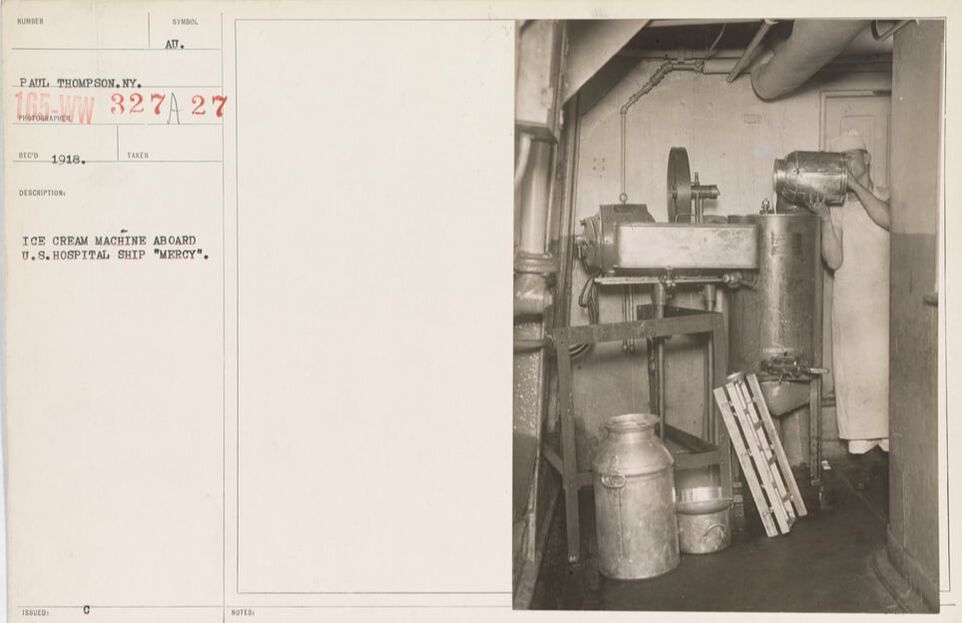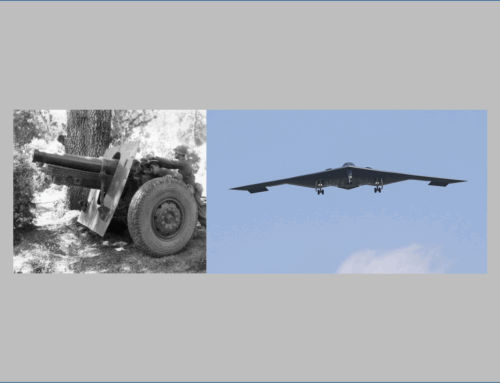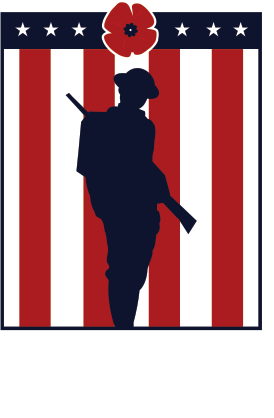World War Wednesday: Ice Cream and Hospital Ships (1918)
Published: 2 August 2023
By Sarah Wassberg Johnson
via the The Food Historian web site

165-ww-327a-027-ice-cream-machine-aboard-hospital-ship-mercy-1918-nara
A naval kitchen crewman pours milk or cream into a steel ice cream machine aboard the US hospital ship, "Mercy," c. 1918. National Archives.
Ice Cream, the Navy, and World War I
I’ve been getting a lot of calls for information about ice cream lately, and that has sent me down a rabbit hole. I did a whole talk on the history of ice cream last year (you can watch the filmed version here), but while I knew ice cream was a big tradition in naval history, I didn’t know the connection to the First World War. I don’t usually cover the history of military consumption of food during the World Wars, but this topic was just too much fun to resist.
Ice cream wasn’t always the Navy’s treat of choice. For over a hundred years rum was the preferred ration by many sailors. But in the late 19th century the Temperance movement began to have increasing power over society. By 1919 we had a Constitutional Amendment (the 19th – often known just as “Prohibition”). But the armed forces went dry much earlier. In particular, on July 1, 1914, the U.S. Navy went alcohol-free.
At the same time, naval vessels were being stocked with ice cream. In the May, 1913 issue of The Ice Cream Trade Journal, an article entitled “Sailors Like Ice Cream” explained that the Navy had recently ordered 350,000 pounds of evaporated milk – ostensibly for all sorts of cooking and baking, but ice cream was high on the list.
You may wonder why hospital ships in the First World War were manufacturing ice cream on board? Well, it involves multiple factors. First is that ice cream was a product of milk; during the Progressive Era, milk was considered the “perfect food” as it contained fats, proteins, and carbohydrates all in one (supposedly) easily digestible package. Although many people are lactose intolerant, the White Anglo-Saxon dominance of American culture at the time prized milk. Ice cream rode into nutritional value on the coattails of milk.
During this time period, dairy-based products like puddings, custards, milk and cream on cooked cereals or with toast, and ice cream were all considered nutritious foods for people who had been injured or ill. Along with foods like beef tea, eggs, and stewed fruits, these made up the bulk of recommended hospital foods from the late 19th century to World War I.
Ice cream shows up quite frequently in early reports of the Surgeon General to the U.S. Navy. In his 1918 report to the Secretary of the Navy, ice cream appears to cause more problems than it solves. Notably, the use of ice cream produced commercially results in several instances of crew sickness, including simple illnesses like strep throat, alongside more serious ones like a diphtheria outbreak in Newport in 1917, which was traced to ice cream produced off-station. Fears of the spread of typhoid from places like restaurants, soda fountains, and ice cream shops led to “antityphoid inoculations” at naval shipyards. In Chicago, “All soft-drink and ice-cream stands have promised to give sailors individual service in the form of paper cups and dishes. To make this more effective, it is believed that an order should be issued prohibiting men from accepting any other kind of service.” The Surgeon General also recommended inspection of offsite dairies and bottling works for milk, ice cream, and soft drinks to ensure proper sterilization of equipment and pasteurization of dairy products, as well as inoculation of employees against typhoid and smallpox.
Read the entire article on The Food Historian web site here:
External Web Site Notice: This page contains information directly presented from an external source. The terms and conditions of this page may not be the same as those of this website. Click here to read the full disclaimer notice for external web sites. Thank you.



